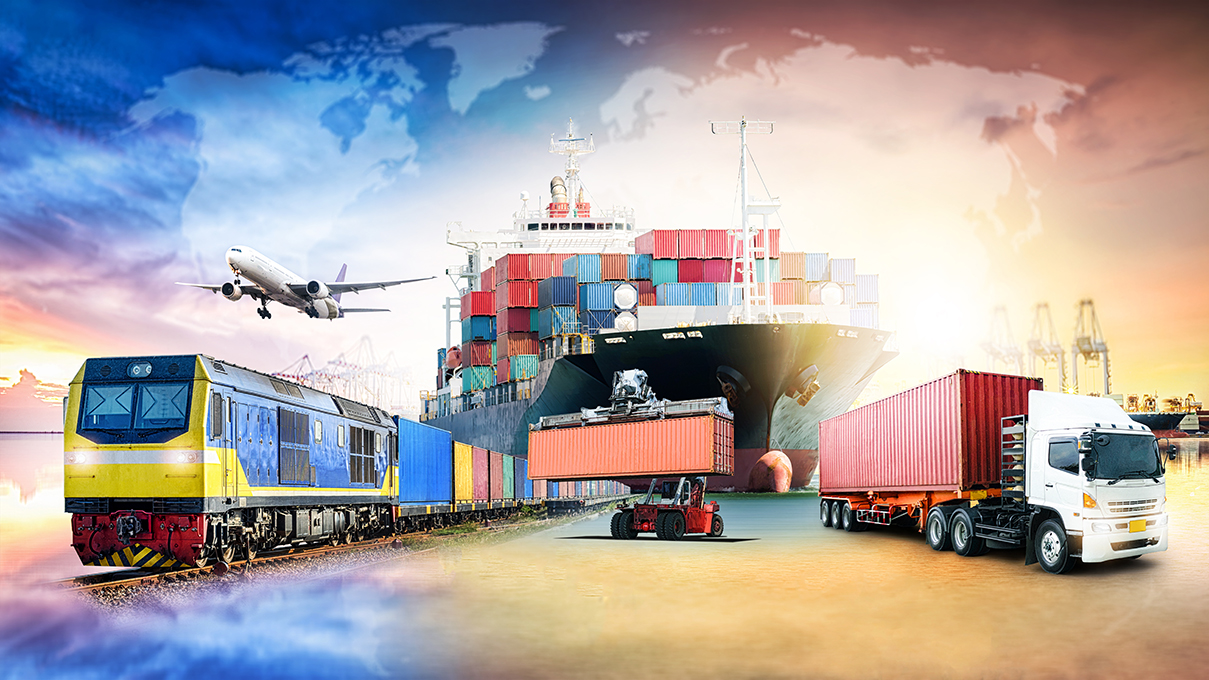5 tips for a successful export
We can define “export” as the process carrying or sending raw material or products made nationally or that were nationalized with the purpose of being used or consumed abroad. For exporting you need to be a natural or legal person that has a RUT and that have launched activities in “Servicio de Impuestos Internos” (Chilean Internal Revue Service).
Chile has historically been a country open to the world, hence allowing dynamism in the import and export market by making agreements and deals that make these activities easier, so, in this day and age, in an age of globalization, it’s fundamental to create a business model that considers export like a growth, consolidation and presence strategy.
What should be considered when deciding to export?
Export is a process that needs a clear business model regarding the markets to be reached, the most efficient and safe way to move the goods, and the company’s chances to respond to a very high demand that will grow continuously. That is why it’s important to consider the following tips if you are thinking about exporting.
- First, it’s important to research which countries you are able to export the raw material or manufactured products that you produce. Chile has agreements with some nations that not only allow the products to be accepted in the destination country, but it could also have a positive impact in terms of fees and duties if Chile and that country have a trade agreement.
- Having decided which country or countries the product will be exported to, all the researched information about the existence of the product in the destination country must be added to the business model of the company, including local regulations, local prices and how they are presented, among others, in order to analyze if a competitive advantage is possible to achieve in the chosen market.
- It’s not possible to export without having all certifications demanded in Chile or in the destination country. That’s why it’s essential to have plenty of time and patience to contact the organizations that emit the documents, customs being the most important one. Ideally, you should contact a customs agent to get advice about all the process.
- You must ask for the Certificate of Origin of the product. With this document you could obtain benefits on the fees that are part of international trade agreements for Chilean products because they come from a developing country.
- As a last tip, that combined with all previous ones could guarantee the success in the exporting process, it’s key to look for advice from a logistics company with experience in the industry that provides guidance on each of the stages of the process, from the analysis of the destination market, processing of the certifications, to the packing, storage and transportation of the product to its final destination.
Benefits of having logistics advice and management
Logistics advice and management focuses on each of the steps to follow in the export process, ensuring a successful result on each of them due to the fact they have knowledge, experience and the means, for example everything related to consolidation and deconsolidation of containers, certified transportation, controlled storage with strict measures, toll, labelling and preparation of an order with picking, software that allows live tracking of the current situation of the product, movement of the palletized cargo, among others.
Some benefits of the before mentioned aspects include:
- The consolidation and deconsolidation of containers help optimize the time of operation and save money because it allows grouping cargo on one same document.
- The certified transportation ensures the product will move in high quality containers, means of transportation (trucks, cargo vans, etc.) prepared for keeping the cargo properties and delivery deadlines.
- Having storage spaces built under high quality standards and that work according to strict control measures is essential to ensure that the product will get to the destination country without affecting its characteristics.
- The packing of the product impacts on its image, that’s why it’s better to rely this task on experts in this field. Also, not only the image of the product is at risk, but also its integrity. Using the appropriate packaging is essential.
- Nowadays, it’s possible to track a product from the moment it leaves the factory to the moment it gets to the destination country, using software that provides this information to the client instantly.
Exporting can be a difficult task, that’s why it’s vital to follow some of the aforementioned tips.


